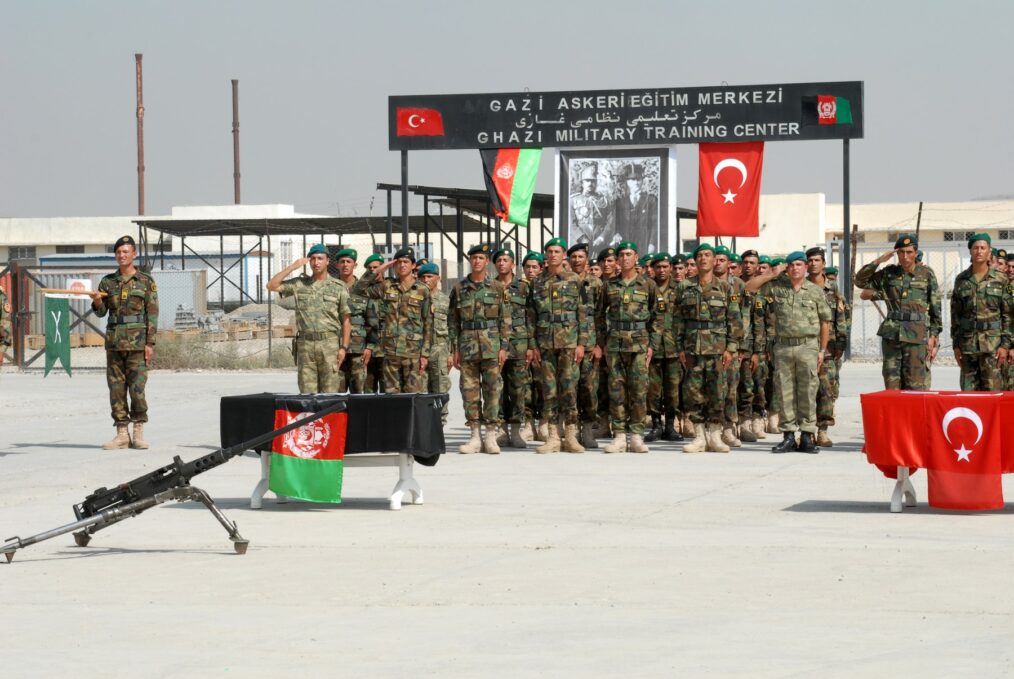This is the first piece in a series examining the ongoing extremist threat in Mozambique.
On March 24th, Islamist insurgents besieged the district capital of Palma in northern Mozambique, leaving dozens dead and a town in ruins. Tens of thousands were uprooted, and Mozambican security forces barely managed to retake Palma, though some believe the insurgents abandoned it willingly. Particularly important for international observers were the hundreds of foreigners residing in Palma. These included those who were primarily there to work at the massive natural gas plant of French multinational Total SA.
Several foreign nationals were killed when they tried to escape a hotel they had been trapped in for days. Consequently, over a hundred others were rescued by private contractors with the South African Dyck Advisory Group (DAG). Locals were largely left to fend for themselves or scramble to nearby settlements.
This dramatic four-day assault renewed attention on a conflict that has been simmering for years. But the Cabo Delgado region, where Palma is located, is no stranger to protracted insurgency and the societal rifts that accompany (and facilitate) it.
The first piece in a series, this article plots the fractious history of Cabo Delgado, both a center of conflict and creative energy in southern Africa. Subsequent articles will dive deeper into the insurgency. This will include what can and is being done to combat it. Intervention by international actors in the region will also inform this discussion. At times, this will be understood as part of the problem, not the solution. Ultimately, the conflict in northern Mozambique goes deeper than War on Terror narratives of Islamist fundamentalism, and must instead be looked at as a series of societal grievances and geopolitical facilitators of violence.
What Colonialism Took
Mozambique’s modern history, as a colony and as a country, is rife with international interference, proxy conflicts, and porous borders through which various insurgencies have spawned. “Discovered” by Vasco de Gama in 1498 and subjected to various forms of Portuguese exploitation in the centuries since, Mozambique was one of the oldest remnants of European colonialism by the era of decolonization in the mid-1900s. The Portuguese were detached, brutal, and extractive in their relations with Mozambique, providing little by way of infrastructure or institutions. Virtually all literate, economically stable Mozambicans (of which there were few) lived in or near the capital of Lourenço Marques (now Maputo) in the south.
Cabo Delgado, the farthest north province, thus was historically one of the most underdeveloped and disconnected from the Portuguese economy, and between 1894 and 1929 was a concession of the royal British Niassa Company. After Niassa, poorly-run peasant cooperatives were undermined and exploited by the Portuguese, who crushed solidarity movements and rounded up locals for forced labor (chibalo).
The tipping point for anti-colonial consciousness and radicalization came with the Mueda Massacre of 1960 in Cabo Delgado, when the Portuguese killed over 500 locals protesting against economic exploitation and mismanagement. Portuguese repression forced a great many Makonde refugees and migrant workers north into Makonde-majority Tanzania, and Mueda became a cause célèbre for the expatriate independence movement which they would join there. The people of Cabo Delgado thus developed a legacy. This was both as highly mobile people and the rank-and-file of Mozambique’s anti-colonial insurgency. They were largely fighting for independence and community control over resources.
Organized and supported by newly independent Tanzania and its charismatic leader Julius Nyerere, the Mozambican Liberation Front (FRELIMO) initiated an agrarian, anti-colonial insurgency against the Portuguese on September 25th, 1964. Led by southern Mozambican students and dissidents, but composed mostly of Makonde migrants-turned-soldiers, FRELIMO streamed across the jungles and plateaus of northern and northwestern Mozambique to raid Portuguese patrols and take over rural villages.
Cabo Delgado would become FRELIMO’s main stronghold in this decade-long war for independence, its dense jungles, underdeveloped infrastructure, and largely rural population acting as textbook facilitators of guerrilla warfare. As will be shown later, these factors persist into the present day. Thus, allowing an Islamist insurgency to evolve and barring the Mozambican government from mounting a proper response.
What Independence Gave
The insurgents finally achieved independence in 1975 but were immediately pulled away from improving the lives of their rural Mozambican supporters by a pro-apartheid, Western-supported insurgency in the center of the country. With the Mozambican Civil War engulfing communities and subjecting the nascent state to a myriad of foreign influences, the hopes of Cabo Delgado and its youth, perhaps the most crucial support system for FRELIMO over the previous decade, would be extinguished.
In the years following independence, poverty and inequality in Cabo worsened, alongside increases in government corruption and external control of key mining and oil industries. The 2010 discovery of oil in Cabo Delgado did not bring jobs or wealth to its struggling youth. Extractive foreign companies brought their own gas workers from abroad. The corruption, rent-seeking, and inequality that followed became one of the major sources of resentment and radicalization. This was leading up to the 2017 initiation of hostilities by local Islamist insurgents.
Understanding extremism in Cabo Delgado, like in many parts of the world, requires more historical, structural insight than much of today’s security discourse would have it. As we will explore later in the series, strategies of kill and capture, militarization, and repression will merely leave destruction in their wake.
To truly “combat” extremism in Cabo, policy-makers must recognize the traditions of struggle and adaptability among its people. This is essential amongst the youth. War and disappointment have painted their history for a half-century. Nonetheless, an informed development policy and a serious commitment to it would be vital in changing their fortunes.





